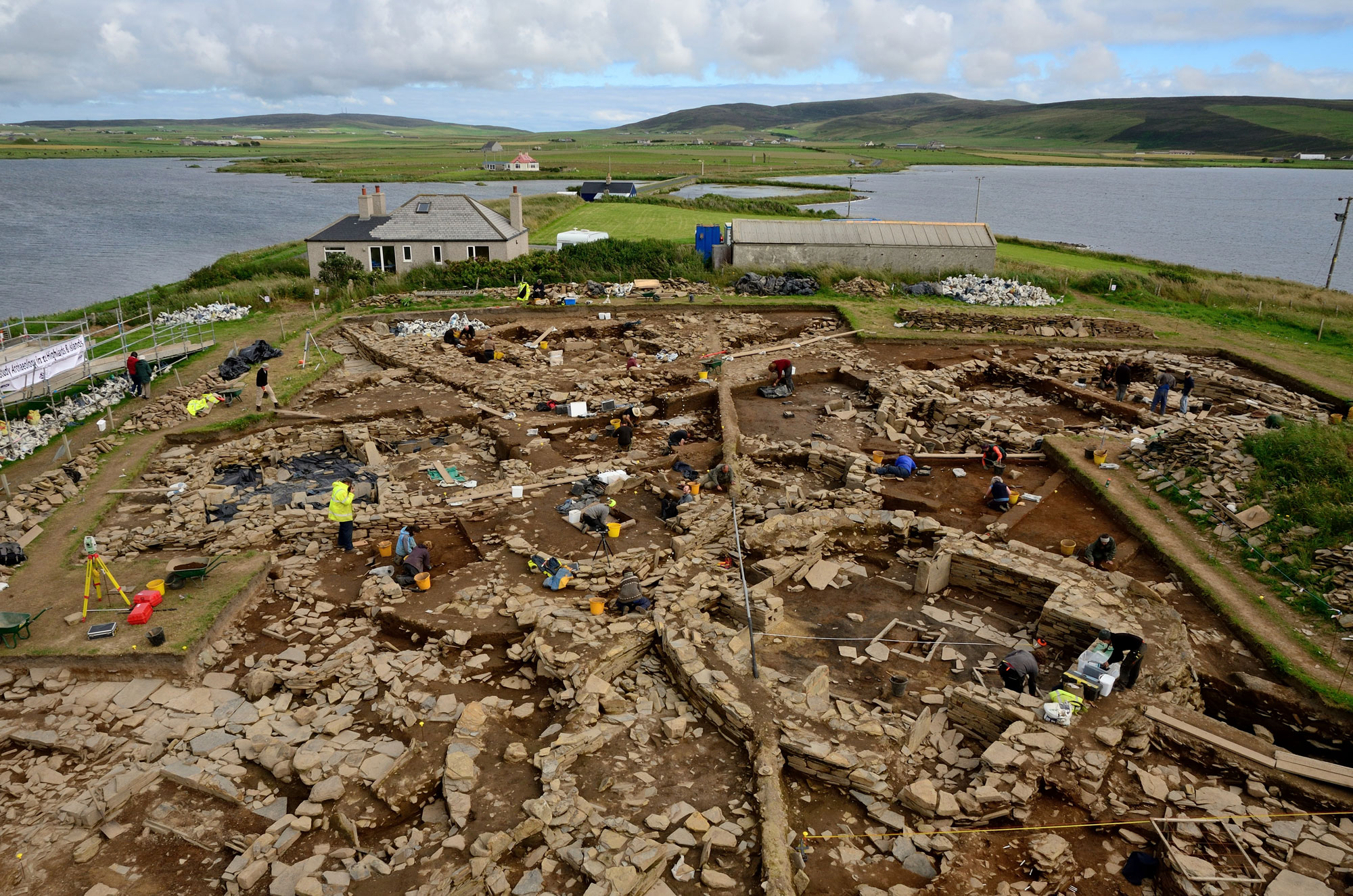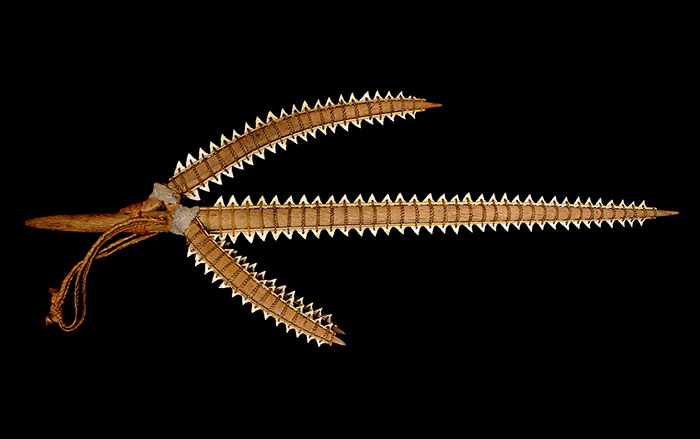Three small and apparently unremarkable pieces of obsidian, found in the palace courtyard of the ancient city of Urkesh in modern-day Syria, are changing ideas about trade networks at the height of the Akkadian Empire’s power. Urkesh sits near a mountain pass by the border between the Bronze Age Hurrian and Akkadian empires—putting it in a natural position to be a trading center. According to Ellery Frahm of the University of Sheffield and Joshua Feinberg of the University of Minnesota, decades of studies had shown that nearly all of the obsidian used in Urkesh and sites throughout Mesopotamia came from volcanoes in what is now eastern Turkey. Frahm, however, tested this by analyzing the magnetic properties of 97 pieces of obsidian found throughout the city and learned that three of the pieces came from a volcano located much farther away, in central Turkey. These pieces were dated to around 2440 B.C., about the time that Emperor Naram-Sin expanded the Akkadian Empire to its peak influence. Frahm believes that the Akkadians were expanding their trade networks into new territory. The three pieces of obsidian may have been from items traded along with more valuable goods, such as metals. According to Frahm, “It shows that they were tapping into a trade network at that time that they weren’t using before or after.”
Obsidian and Empire
Recommended Articles
Off the Grid January/February 2026
Prophetstown, Indiana

Letter from France January/February 2026
Neolithic Cultural Revolution
How farmers came together to build Europe’s most grandiose funerary monuments some 7,000 years ago

Features January/February 2026
The Cost of Doing Business
Piecing together the Roman empire’s longest known inscription—a peculiarly precise inventory of prices

Features January/February 2026
The Birds of Amarna
An Egyptian princess seeks sanctuary in her private palace

-
Features January/February 2013
Neolithic Europe's Remote Heart
One thousand years of spirituality, innovation, and social development emerge from a ceremonial center on the Scottish archipelago of Orkney
 Adam Stanford/Aerial Cam
Adam Stanford/Aerial Cam -
Features January/February 2013
The Water Temple of Inca-Caranqui
Hydraulic engineering was the key to winning the hearts and minds of a conquered people
 (Courtesy Tamara L. Bray)
(Courtesy Tamara L. Bray) -
Letter from France January/February 2013
Structural Integrity
Nearly 20 years of investigation at two rock shelters in southwestern France reveal the well-organized domestic spaces of Europe's earliest modern humans

-
Artifacts January/February 2013
Pacific Islands Trident
A mid-nineteenth-century trident illustrates a changing marine ecosystem in the South Pacific
 (Catalog Number 99071 © The Field Museum, [CL000_99071_Overall], Photographer Christopher J. Philipp)
(Catalog Number 99071 © The Field Museum, [CL000_99071_Overall], Photographer Christopher J. Philipp)

